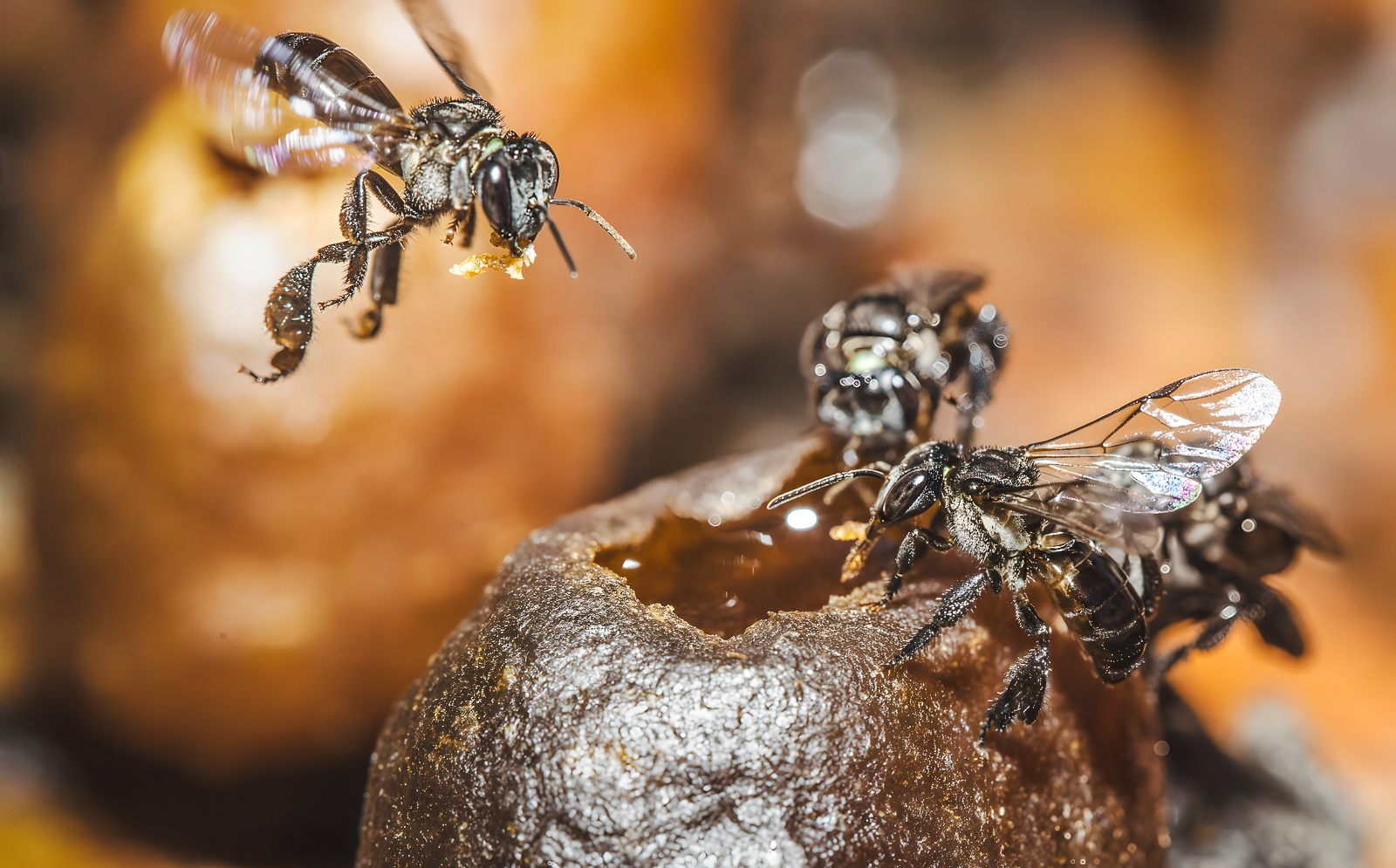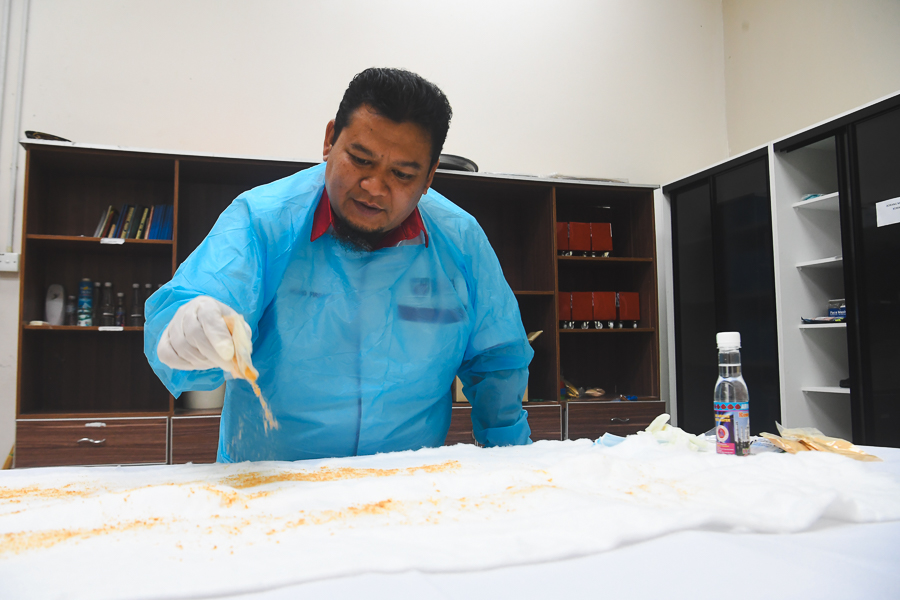By: Nurul Ezzaty Mohd Azhari
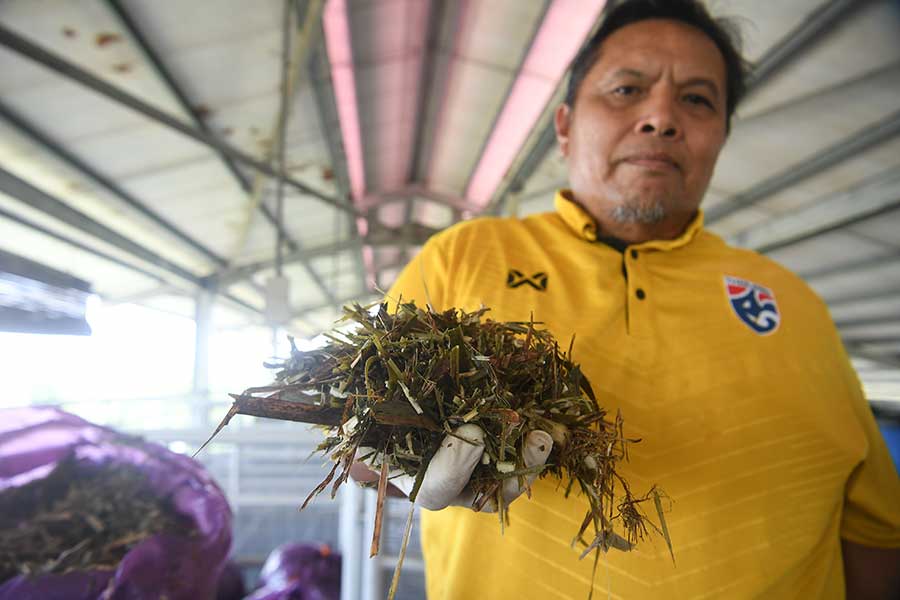
SERDANG - The spread of the COVID-19 pandemic globally has affected food security among ruminant farmers, who also have to bear high operating costs as the market price of bran feed and pellets continues to increase.
In addition to the increase in logistics costs, the influence of foreign markets and the Russia-Ukraine crisis also contributed to the rise in the price of raw materials needed to produce commonly imported animal feeds.
This has also raised concerns among consumers affected by the lack of food supplies such as meat.
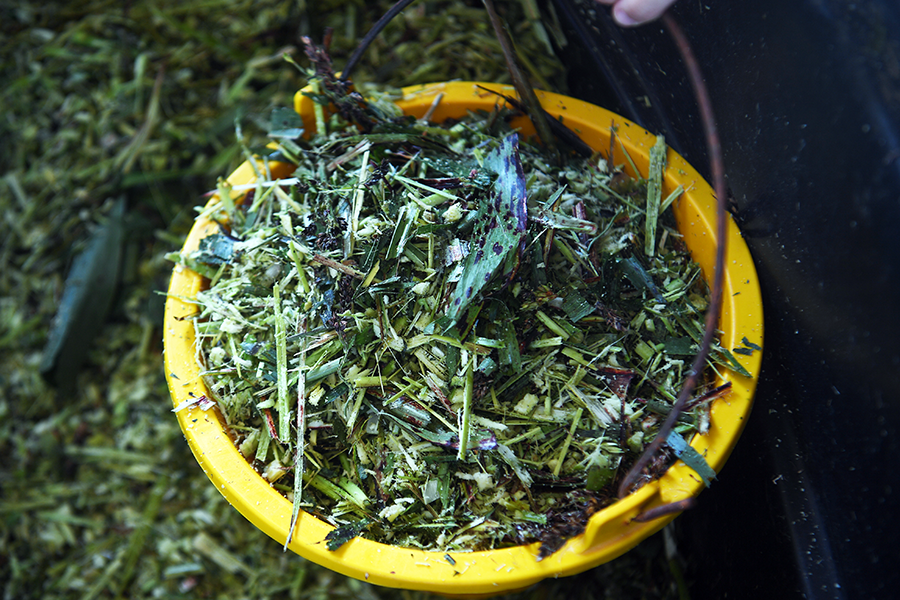
Hence, feeding ruminant livestock with Napier grass or elephant grass in the form of silage is considered an alternative feed.
Silage is ruminant fodder produced through the fermentation process of Napier grass in an airtight condition that can be stored for a longer period and used as food stocks.
According to the Pasture Science expert from the Faculty of Agriculture, Universiti Putra Malaysia (UPM), Dr Shokri Jusoh, silage, which is perfectly made and of high quality, can be stored for an extended period without losing its nutrient content.
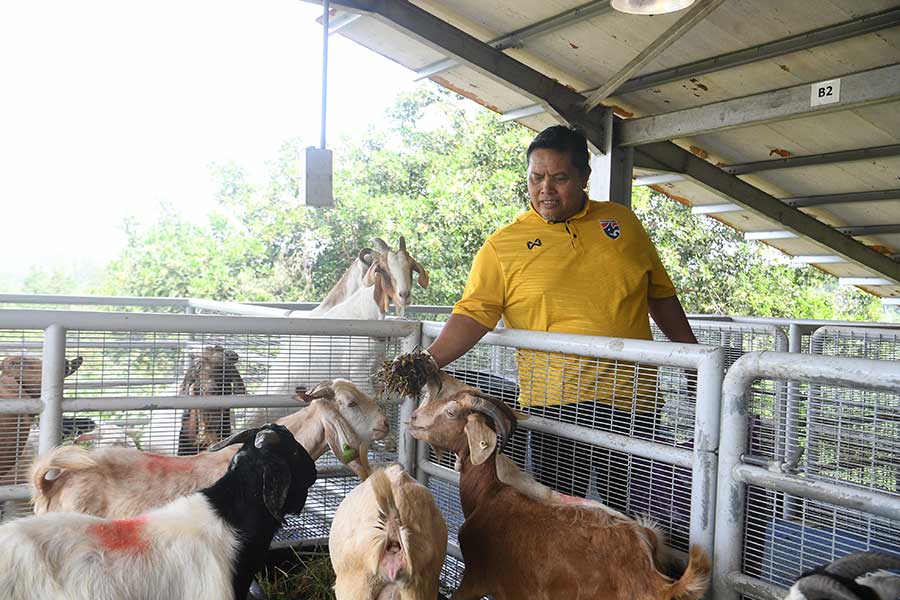
"Silage can be stored for a long period, even years, depending on the storage method, and most importantly, the grass storage container needs to be airtight”.
"A two-week incubation period is required before it is fed to livestock. It can be used earlier, but within two days, after the silage is opened to avoid damage," he said.
He added that the production of this silage helps farmers or Napier grass operators to harvest the grass according to the harvest age limit.
"Sometimes the grass production exceeds the demand because if it is not harvested within one and a half months, it becomes harder and older and loses its nutrient content.
"A period of five to six weeks is the ideal age for Napier grass to be harvested, and this type of grass is unique as we can harvest it repeatedly since it will re-grow after being harvested," he said.
According to him, this silage is often made on a large scale by ruminant animal breeders in countries that have winters and the snow season, which inhibits grass growth.
In Malaysia, storing this silage will facilitate and help farmers during disasters such as floods and droughts and festive seasons.
The production process is also simple. After the Napier grass is collected and cut, it will be chopped or minced into smaller pieces using a shredder before being stored in a storage container.
"A shredding machine is indispensable to ease the packing process, which uses plastic or containers as we need to remove as much air as possible from the storage container. Brown sugar or molasses can also be added into the silage to increase its sweetness and the appetite of livestock," he said.
The need for Napier grass for the production of silage to ensure food security has opened up a new crop industry.
Napier grass operators knowledgeable in silage production can open up a new market by selling packaged silage to farmers.
"Napier grass operators who see the importance and are aware of the shortage of ruminant fodder in the market can earn additional income by selling silage.”
"Napier grass operators who operate with hired workers usually sell a 25kg plastic packed silage between RM 10-12," he said during the meeting at the Ruminant Unit, Ladang 15, UPM.
He added that this effort could help farmers obtain sufficient food supplies and even reduce the cost of ruminant livestock feed apart from increasing meat production. -UPM
Date of Input: 31/01/2023 | Updated: 31/01/2023 | mohdsyafiq
MEDIA SHARING














